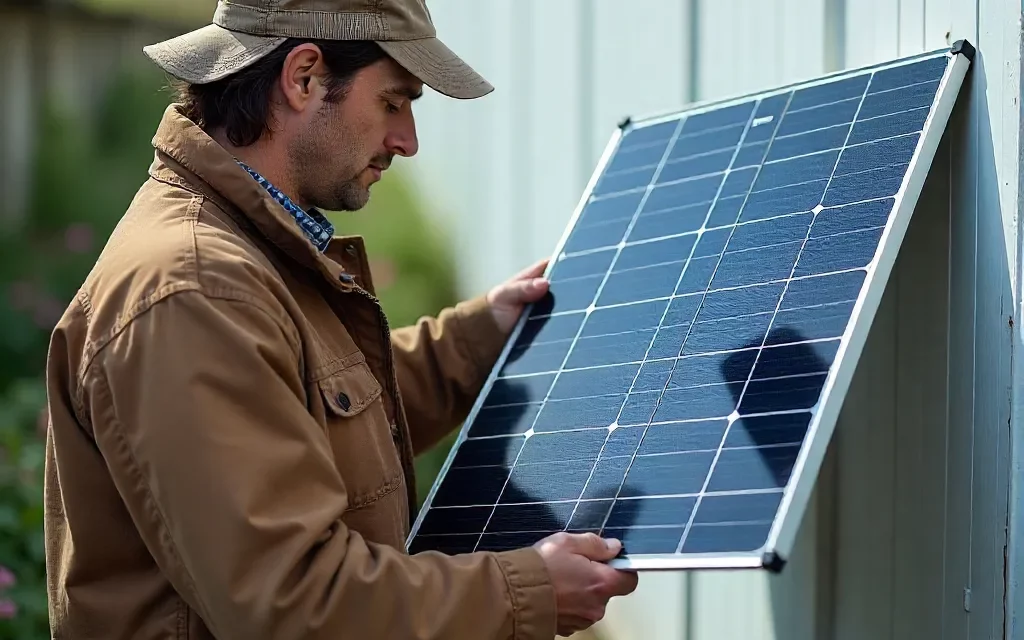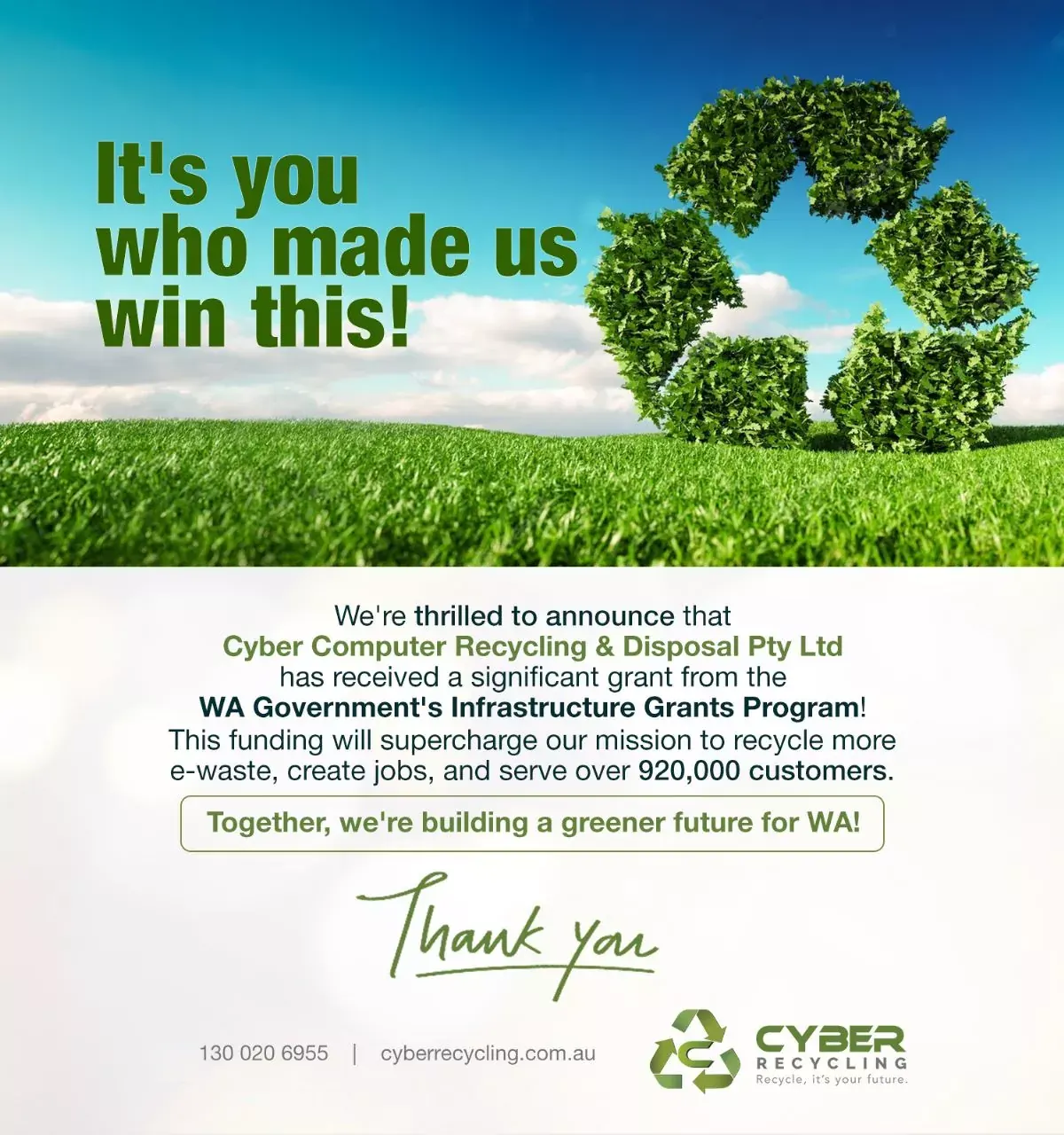Solar recycling (also called solar panel recycling) is the process of recovering valuable materials from end-of-life photovoltaic panels instead of sending them to a landfill. It basically means carefully dismantling a panel or solar module and separating its parts, consisting of glass, metal frame, silicon cells, and wiring, so that each material can be reused. Recycling solar panels keeps hazardous components out of the environment and turns otherwise waste into resources. As more homes and businesses go solar, understanding solar recycling is key to a clean energy future.
Why Solar Recycling Matters
Solar panels typically last 25–30 years. Australia led a rooftop solar boom over the past decades, so many early systems are now retiring. By 2030, Australia alone could generate on the order of 91,000 tonnes of old panels each year. Globally, studies warn of a massive solar waste wave, with the International Renewable Energy Agency predicting around 78 million tonnes of discarded panels by 2050. When you consider that, it is clear why letting this waste accumulate in a landfill is not an option.
Reasons to recycle old panels include:
- Preventing pollution: Panels often contain toxic materials. If broken panels go to a landfill or are incinerated, chemicals like lead and cadmium can leach into soil and water. Recycling keeps it out of the environment and communities.
- Saving resources: Solar panels use valuable materials like glass, aluminum, silicon, silver, etc. Recycling recovers these resources for reuse, instead of mining and processing new raw materials. One panel’s worth of silicon or metal can help make new electronics or clean power devices.
- Reducing carbon footprint: Manufacturing new panels is energy-intensive. By reusing recycled glass and silicon, we cut the emissions tied to mining and production.
A strong solar recycling industry can create jobs and economic growth in processing and manufacturing. It also keeps clean energy affordable by using more recycled materials, making the new panels potentially cheaper. Ultimately, recycling solar panels helps make sure that Australia’s green energy consumption stays truly sustainable.
How Solar Panels Are Recycled
Recycling a solar panel is a multi-step process. First, old panels are collected and transported to a special recycling facility. There they are carefully dismantled, starting with the glass front being separated from the aluminum frame, and the silicon cells and wiring are removed after that. Each part then enters a recovery process:
- Glass: The tempered glass sheets are washed and melted to make new glass products.
- Metals: The aluminum frame and any copper wiring are melted down and reused to make new metal components or products.
- Silicon cells: The silicon wafers or the solar cells can be chemically or thermally processed to extract high-purity silicon for reuse in electronics or new solar cells.
Other components, like the plastic backsheet or the electrical junction box, are separated and recycled if possible or disposed of safely. In some processes, even the silver or rare metals in cells are recovered. Overall, recycling breaks down panels into their pieces so that nearly all materials can enter a new life.
Benefits of Recycling Solar Panels
Recycling solar panels brings various environmental and economic benefits:
Greener Environment
Recycling greatly reduces landfill waste and the risk of toxic leachate. With fewer panels in landfills, soil and water stay cleaner, methane emissions decline, and less energy is needed to extract new materials.
Resource Conservation
By recovering glass, metals, and silicon, we conserve valuable natural resources. This saves raw materials for other industries and helps avoid mining. Every pound of material recycled from panels is one pound less that we have to take from the earth.
Economic Growth
Building a recycling industry also helps to increase jobs. As noted, recycling involves collection, transport, and processing, with each step requiring workers and expertise. Reclaimed materials entering the supply chain can lower costs for panel manufacturers and create new revenue streams.
Clean Energy Access
In the big picture, recycling makes solar energy even more sustainable. If more panels are recycled rather than thrown away, it drives innovation and helps bring solar to more people, potentially lowering electricity costs for consumers.
Together, as the number of solar installations grows, recycling panels helps ensure the industry remains truly clean and circular.
Challenges in Solar Recycling
Recycling solar panels is not without its hurdles. Panels are complex devices, and separating their parts takes work:
Too Many Materials
Solar panels are made of glass, aluminum, copper, silicon, plastics, and sometimes rare metals. Each requires a different recycling method, making the process complex. For instance, the EVA layer binding cells to glass must be removed with heat or chemicals.
Hazardous Components
Handling toxic elements safely adds cost. Workers must take care with any lead, cadmium, or other heavy metals during dismantling.
Limited Infrastructure
Today in Australia, specialized panel recycling facilities are still few. Transporting bulky panels long distances can be expensive. In many areas, there’s no easy drop-off for old panels, making wide-scale recycling tricky.
Cost and Economics
Right now, recycling can be labor-intensive. In some cases, the cost of dismantling and processing a panel can exceed the value of its recovered materials. This makes it hard for recycling businesses to profit without scale or subsidies.
Awareness
Many people simply don’t know how or where to recycle panels. Without clear regulations or incentives, old panels sometimes end up treated like regular waste. Addressing these challenges requires coordination between governments, industry, and recyclers. New technologies and laws are needed to streamline the process and bring costs down.
Solar Recycling Efforts in Australia
Australia’s leadership in solar energy is now driving recycling. Federal and state governments have started programs and regulations to handle the coming wave of solar waste. In 2025, Australia’s energy ministers committed to creating a mandatory national program for solar module reuse and recycling.
The idea is to require manufacturers and importers to take responsibility for end-of-life panels, directing them to remanufacture or recycle rather than landfill. The Australian Smart Energy Council says up to one-third of old solar modules could be reused instead of being trashed, potentially adding 24 GW of clean energy capacity by 2040.
To make this real, states are already piloting programs. Queensland launched a Solar Panel Stewardship scheme to divert panels from landfill. Victoria’s government ran a $10 million Solar Waste Challenge in 2022 to fund new recycling solutions. By 2035, Victoria is projected to generate about 187,000 tonnes of solar panel waste.
All of these efforts mean solar panel recycling Australia-wide is gaining momentum. Governments and businesses recognize that as Australians install more solar, they must also plan for solar panel disposal in a smart way.
How You Can Help
If you have solar panels or are planning to install them, there are steps you can take to support solar recycling:
- Keep old panels out of landfill: When it’s time to replace or remove panels, do not just throw them away. Use certified recycling services or programs.
- Choose sustainable installers: Ask your solar contractor about their recycling or disposal plan. Installers committed to sustainability should offer options for responsible end-of-life handling of panels.
- Support recycling policies: Encourage local and national leaders to back solar recycling schemes. Public input and awareness can speed up the rollout of collection networks and mandatory recycling rules.
- Stay informed: New recycling technologies and initiatives are emerging. Following developments helps build the industry.
Why Work With a Professional Solar Panel Recycler
Safe and Proper Handling
Solar panels are layered assemblies and sometimes contain hazardous substances that need careful treatment. Professional teams use controlled delamination and specialist equipment so materials are separated without releasing pollutants, keeping workers and the environment safe during solar panel disposal and solar recycling.
Compliance and Traceability
A certified recycler like Cyber Recycling knows the rules for solar panel recycling Australia and provides paperwork that proves panels were processed lawfully. That certificate of disposal is useful for businesses, installers, and anyone who needs to show panels were handled correctly under stewardship schemes.
Higher Material Recovery and Reuse
Specialist facilities recover more glass, aluminium, copper, and silicon than ad hoc methods, so more of the panel becomes useful raw material. Better recovery means more panels can be refurbished or fed into new manufacturing, improving the economics of recycling solar panels Australia.
Safe Management of Batteries and Electronics
Batteries and inverters require different handling from panels and often pose fire or contamination risks if mishandled. Professional services separate and treat these items safely so they do not undermine the solar module recycling process.
Logistics and Convenience
Panels are bulky and awkward to move. Recyclers offer collection, palletising, and consolidated freight so you do not have to arrange complex transport when organising solar panel recycling.
Environmental Credibility
Using a trusted recycler supports jobs and helps build local infrastructure for solar panel disposal and reuse. Choosing professionals like Cyber Recycling signals demand for better recycling and helps scale up responsible solar recycling across Australia.
What to Look for in a Provider
Choose a company that can show evidence of lawful processing, such as permits, certifications, or memberships with industry bodies. Ask about their solar module recycling methods, recovery rates, and whether they provide a certificate of destruction or disposal. Check if they handle batteries and inverters, and confirm who pays for transport and how they document the chain of custody. A good provider will explain the solar panel disposal steps clearly and give you options depending on the panel’s condition.


